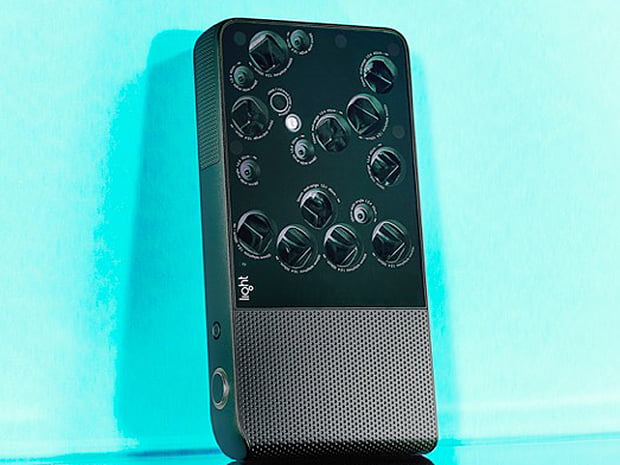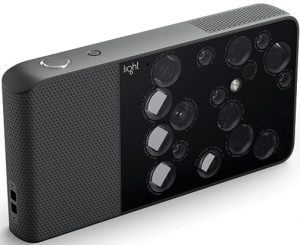Disruptive Innovation
Clayton Christensen in his book The Innovator’s Dilemma showed us that the business drivers of our current customers blinds us to emerging but currently unsuitable technology that eventually takes over our market. This has led to a focus on Innovation that looks to be disruptive as its primary goal. And I have come to the conclusion that this has hampered our attempts at Innovation. We have set the bar too high. And this isn’t what Innovation was about. Just a way of looking at a specific type of Innovation.
OK, I wrote the above as part of my review of of Frank Connolly of Think Quick and his approach to Practical Innovation. So Google knows I’m plagiarising myself. But here is where the relevance kicks in.

Light – a new camera concept
In my article on Light Cameras I covered a new concept in camera’s developed by Dr Rajiv Laroia who co-founded Light. The Light L16 is a new camera concept using multiple lenses and cameras to fuse a composite image given focal ranges and exposure ranges not possible in conventional cameras. An excellent example of disrupting innovation. and also an excellent example of The Innovator’s Dilemma.
Announced in 2016 and expected to be ready that year it was not shipping until mid 2017. Why? Because it is hard to do and the ASIC development was late and the core idea of doing the fusion inside the camera in real time is proving harder than expected and data transfers are too slow (they are transferring 16 cameras worth of data for one picture) and focus isn’t good enough and low light performance also isn’t good enough and did I mention it is hard!
I’m still impressed with the idea. But like all true disruptions it isn’t good enough when it first launches. Look at the modern DSLR. It shows you the picture you will take, it is seconds from taking the picture to being able to look at it. Focus is multi zone and you can decide how sharp or soft you want it and where. Auto exposure can handle high backlight shots and a wide range of light conditions. Fantastic. And decade in the making. The Light L16 isn’t surpassing it yet but you can see the trajectory and the camera of the future shows its potential now in what they are doing.
I’m also impressed with the open approach they are taking with customers. In a recent article Dr Rajiv Laroia explained why the Light L16 was delayed, how they were supporting their customers and what the plan for addressing the issues is. An excellent example of Collaboration with their customers rather than bunkering down defensively.
This still looks like it will be a success. It will just take longer than any of us expected.
Successful Endeavours specialise in Electronics Design and Embedded Software Development, focusing on products that are intended to be Made In Australia. Ray Keefe has developed market leading electronics products in Australia for more than 30 years. This post is Copyright © 2018 Successful Endeavours Pty Ltd.






